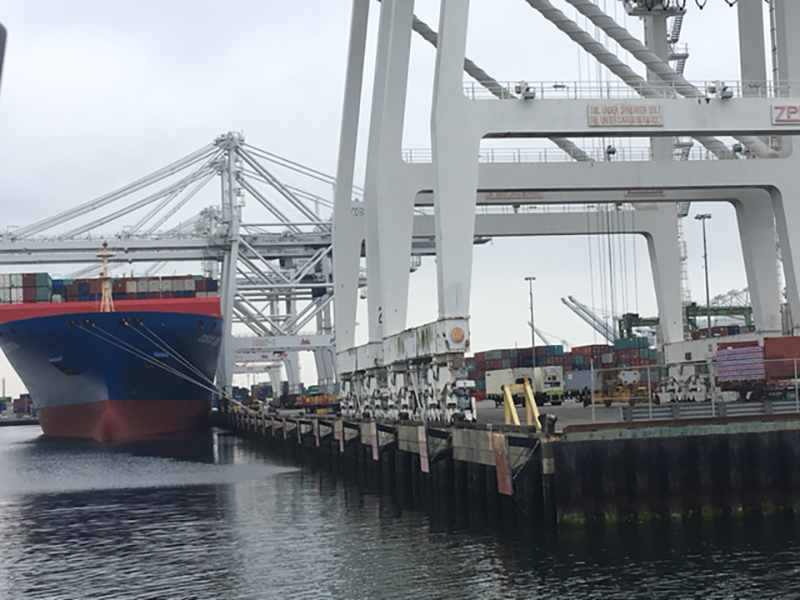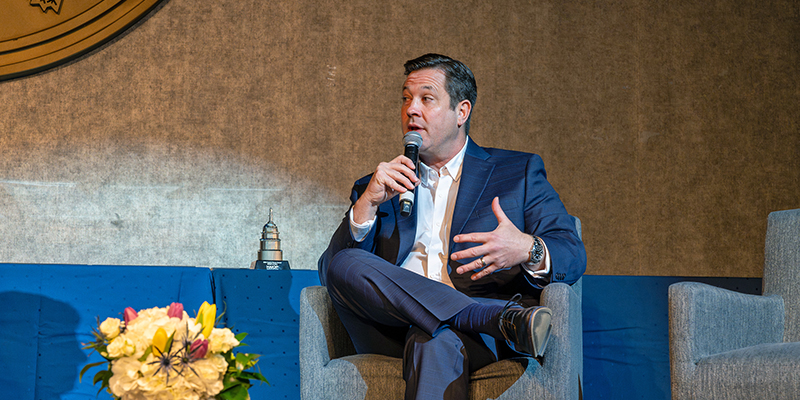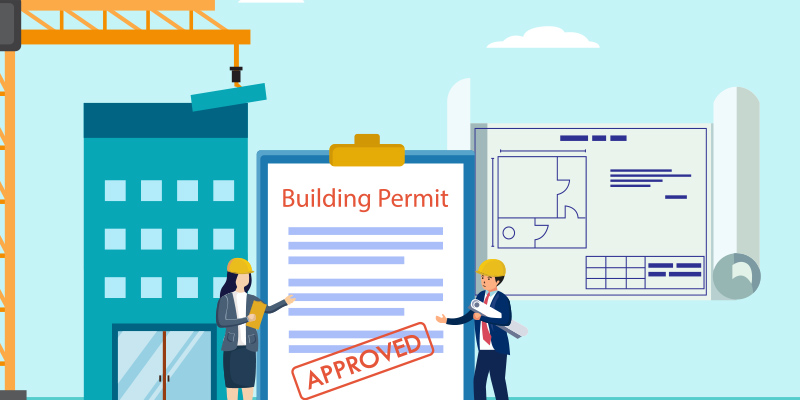The second-busiest port in the nation is actively preparing for the future of cargo movement around the world.
At the I.CON: Trends and Forecasts conference this week in Long Beach, California, an on-boat tour of the Port of Long Beach provided an inside look at the incredible scale of activity around the port and the future of this state-of-the-art hub.
After a brief nod to the old days – visible from the boat was a dome used to house the “Spruce Goose,” the Howard Hughes-designed mammoth eight-engine flying boat – tour attendees passed the decidedly modern cruise terminal, which moves about one million passengers per year.
Along with these passengers, the port regularly hosts ships holding 12,000-14,000 twenty-foot equivalent units (TEUs – based on the volume of a 20-foot-long intermodal container). Loaded containers in the Port of Long Beach account for about one quarter of those moving through all West Coast ports and nearly one in five of those moving through all U.S. ports; together, the Ports of Long Beach and Los Angeles saw a total of about 15 million TEUs last year.
The port has the first “green terminal,” which uses the practice of cold ironing – also known as Alternate Marine Power – to reduce environmental pollutants. Cold ironing occurs when ships at port cease use of their diesel engines and instead plug into the local electric power grid. This practice is now standard in California.
The port is also unique in that it functions as a “landlord port;” it owns the 3,000 acres that it leases to long-term tenants, and has little to no involvement in the day-to-day operations of each tenant. The port’s revenue comes from this leasehold interest, and wharfage and dockage fees.
A 10-year, $4.5 billion capital improvement program is currently in progress, with two major projects: the Gerald Desmond Bridge replacement and a new fully automated terminal.
When completed, the Gerald Desmond Bridge will be the tallest building in Long Beach, surpassing One World Trade Center Long Beach, a 30-story office building that tops out at 397 feet. The goal of the $1.5 billion project is to increase air draft (the distance from the surface of the water to the highest point on a ship), allowing for larger vessels to pass below. The new bridge will have an air draft of 205 feet, improving on the current height of 155 feet. It will also offer unique design elements including spires and pedestrian walking and biking access.
The project creating the new terminal, called Middle Harbor, will fill in a slip between two current terminals and be completely automated. The first phase was completed in April 2016 and the entire project is scheduled to be finished in 2019. The project will combine and modernize the two older facilities, allowing them to more than double capacity while cutting air pollution in half. Brett Mascaro with the Port of Long Beach, who led the tour, referred to it as “the future of container terminals” – an appropriate assessment of what will be the most energy-efficient and state-of-the-art marine terminal in the Western Hemisphere.
 This post is brought to you by JLL, the Social Media and Conference Blog sponsor of NAIOP’s I.CON: Trends and Forecasts. Learn more about JLL at www.us.jll.com or www.jll.ca.
This post is brought to you by JLL, the Social Media and Conference Blog sponsor of NAIOP’s I.CON: Trends and Forecasts. Learn more about JLL at www.us.jll.com or www.jll.ca.














